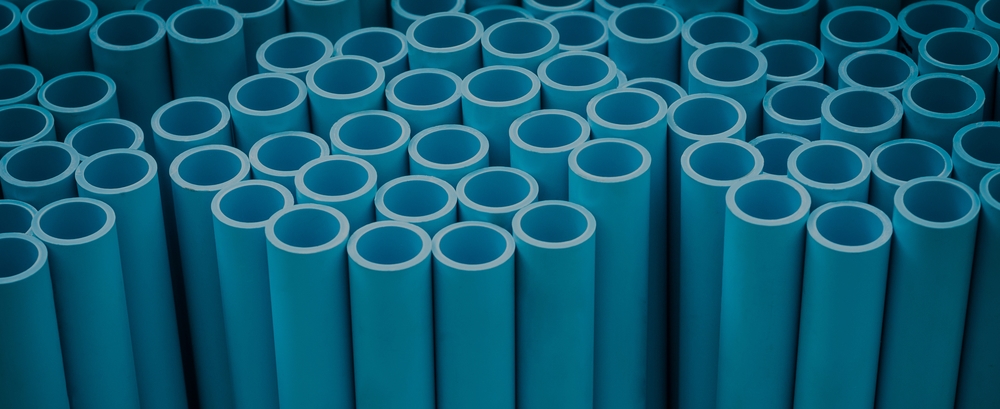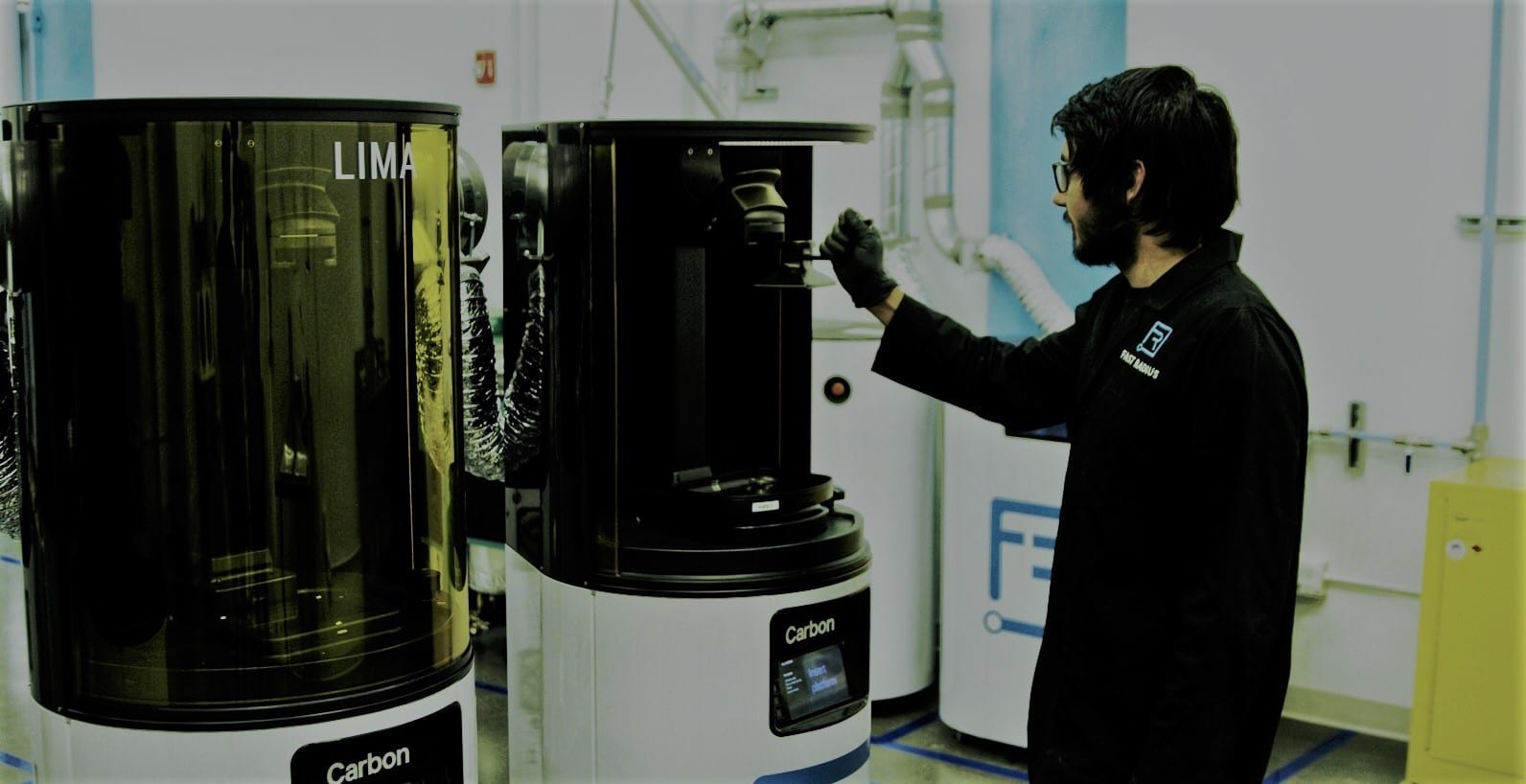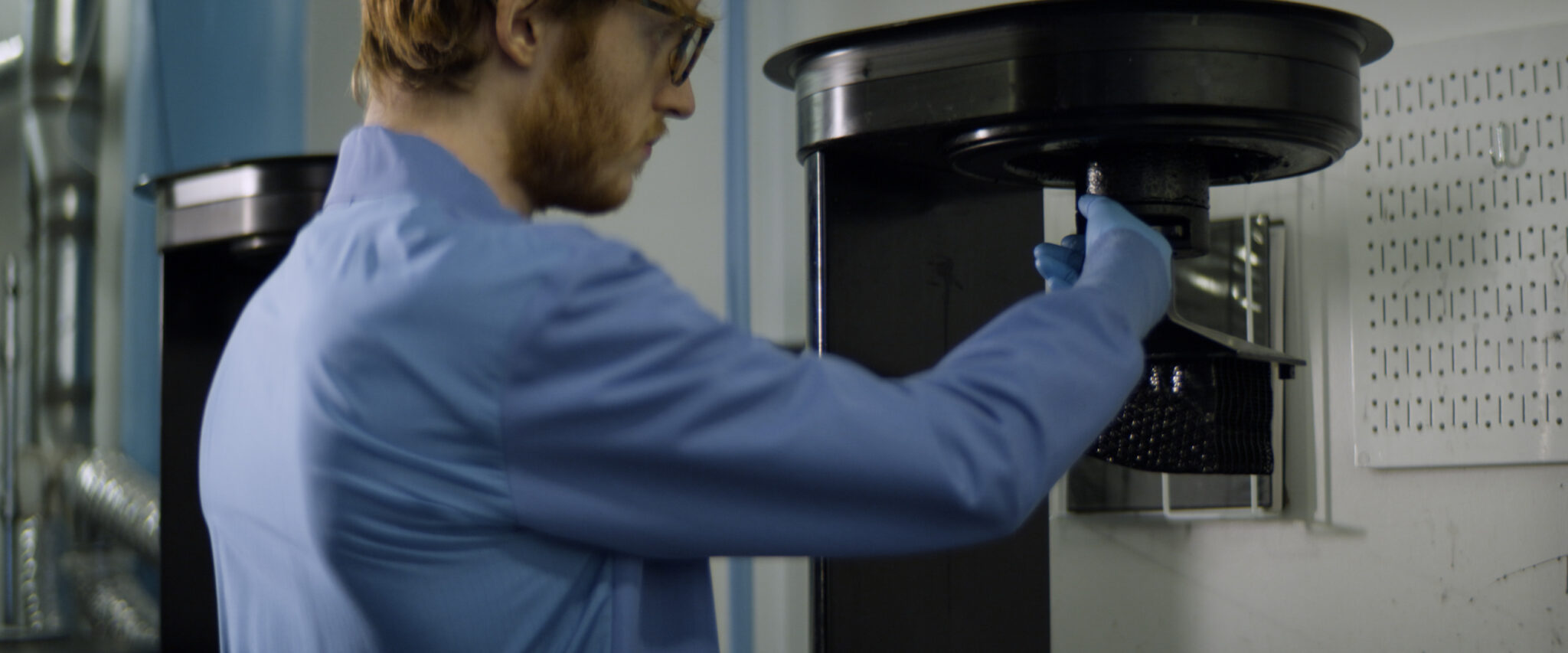An Overview of Thermoplastic Additives
Published on October 7, 2020
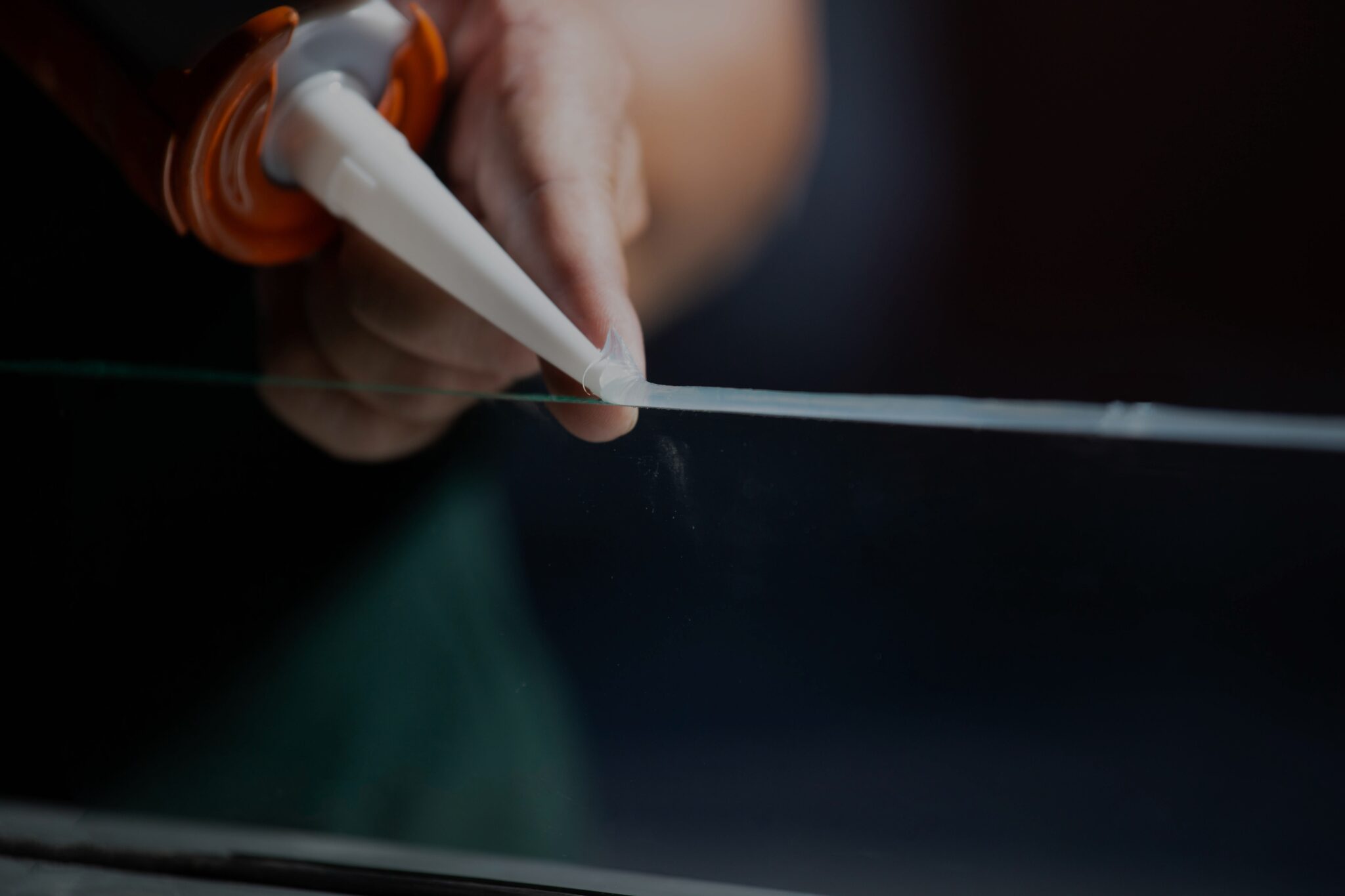
Originally published on fastradius.com on October 7, 2020
Thermoplastics are plastic polymers with low melting points that will melt when heated, solidify when cooled, and can be re-melted after curing without damaging the physical integrity of the material. Thermoplastics are strong yet flexible, shrink-resistant and shock-absorbent, and easy to use since no post-processing is required. Common applications include prototyping and a wide range of consumer products, such as trash bags, cookware, children’s toys, and even automotive parts.
Thermoplastics naturally possess many advantageous chemical and mechanical properties, but sometimes engineers want to take these properties to the next level or give the plastic new characteristics, like greater strength or biocompatibility. That’s where additives and fillers come in. Here’s everything you need to know about the most common thermoplastic additives and fillers, plus key considerations for engineers.
How do fillers and additives work?
Virtually all plastics products on the market today — from sports equipment to synthetic bumpers on cars to hypodermic syringes — are combinations of a base polymer and an additive. Without additives, even the most advanced plastic polymer would not perform as well as it could. The additional chemical and physical properties offered by additives make plastics cleaner, safer, and stronger. Manufacturers may also employ additives to extend the lifecycle of their parts without driving up costs.
In addition to offering additional properties, fillers reduce raw material costs by lowering resin consumption.
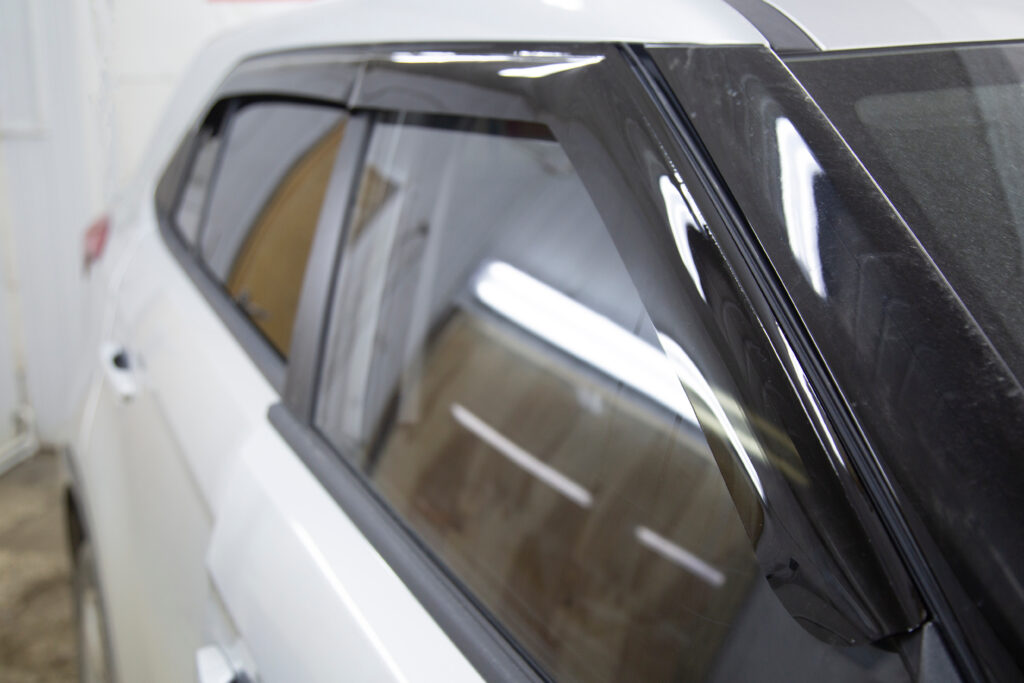
Common thermoplastic additives and fillers
There is an additive or filler for virtually every chemical or mechanical property that an engineer might want to achieve. Here are four of the most common additives and fillers on the market today:
Glass fibers
Glass fibers are the most common type of thermoplastic additive used for injection molding. Glass fibers significantly improve the strength and rigidity of the plastic to which they are added, but the fibers also make the plastic more brittle. As such, glass fibers are only recommended for applications in which the part will not have to endure high-impact stress or deflection.
However, adding glass fibers to a thermoplastic resin will impact the molding and design process in various ways. For example, glass fibers can restrict the shrink rate of the base resin, which creates a nonlinear shrink pattern and increases the risk of warp. When resins shrink in an uneven fashion, holes, unanticipated changes in flow and shape, and changes in wall thickness can occur. Engineers must keep these risks in mind when considering glass fibers.
Ceramic fillers
Ceramic fillers can be added to a thermoplastic to make the part more heat-resistant. Ceramic fillers are similar to glass fibers in that they both lend strength to a part — unfortunately, they share the same limitations. Parts featuring ceramic fillers can be brittle and are more susceptible to chipping or cracking upon impact.
Fiber orientation and shape play an important role when it comes to employing ceramic fillers and glass fibers. Fibers, flakes, powders, and beads are all dimensionally different and can therefore affect certain properties of the part.
For example, beads are uniform, stackable, and increase the thermal deflection of the thermoplastic. Also, beads minimize the impact of any internal stressors caused by the filler. Unfortunately, beads don’t increase the strength of a material very much. Once engineers choose the best-suited additive or filler material for their needs, they must also consider the shape of that filler or additive.
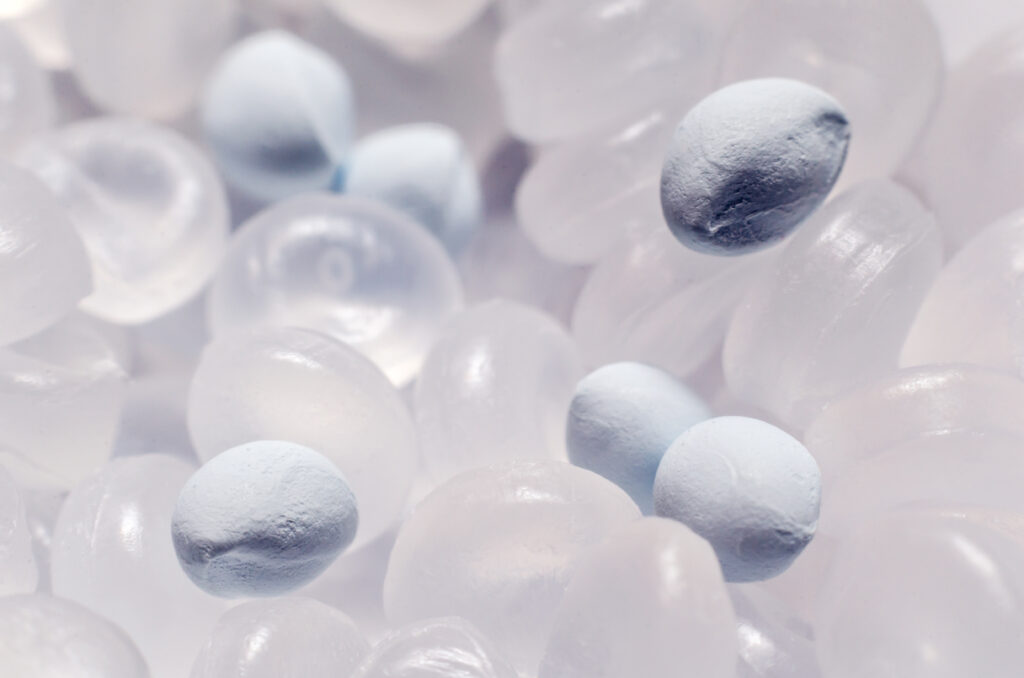
Thickeners
Engineers often add thickeners to resin-based liquid polymers to make them more viscous. Most thickening additives come from groups of salt-forming or hydrophilic polymers because they form three-dimensional bonds that slow down the motion of the plastic at low shear rates. Thickeners can be found in adhesives, sealants, coatings, and some personal care products.
Antioxidants
When a polymer reacts with oxygen, the material can lose its strength and elongation. Also, oxidation can cause discoloration and cracks in the part’s surface finish. Antioxidants are added to thermoplastics to prevent oxidation and slow down degradation in the presence of excessive heat, ozone, and radiation. Antioxidants also protect the part from free radicals and UV light, making it ideal for applications in which the part will come into contact with potentially harmful weather conditions.
Get started with thermoplastic additives
Thermoplastic additives and fillers are an essential part of any plastic part manufacturer’s repertoire, and their versatility makes them ideal for a wide range of use-cases. However, glass fibers, ceramic fillers, antioxidants, and thickeners are only the beginning. This overview does not cover other categories of additives, like antimicrobials, impact modifiers, plasticizers, light stabilizers, and more. Engineers and product teams must begin the material selection process with a clear set of requirements for their project to determine which additives or fillers they should select from the broad range of commercially available options.
Choosing which thermoplastic additive or filler is right for an upcoming project becomes much easier with a trusted manufacturing partner like SyBridge. We’re passionate about helping our partners innovate — and that starts with smart material selection. Our experienced team of engineers, designers, and manufacturing experts have years of experience that translate into superior advisory services. Contact us today to get started.

